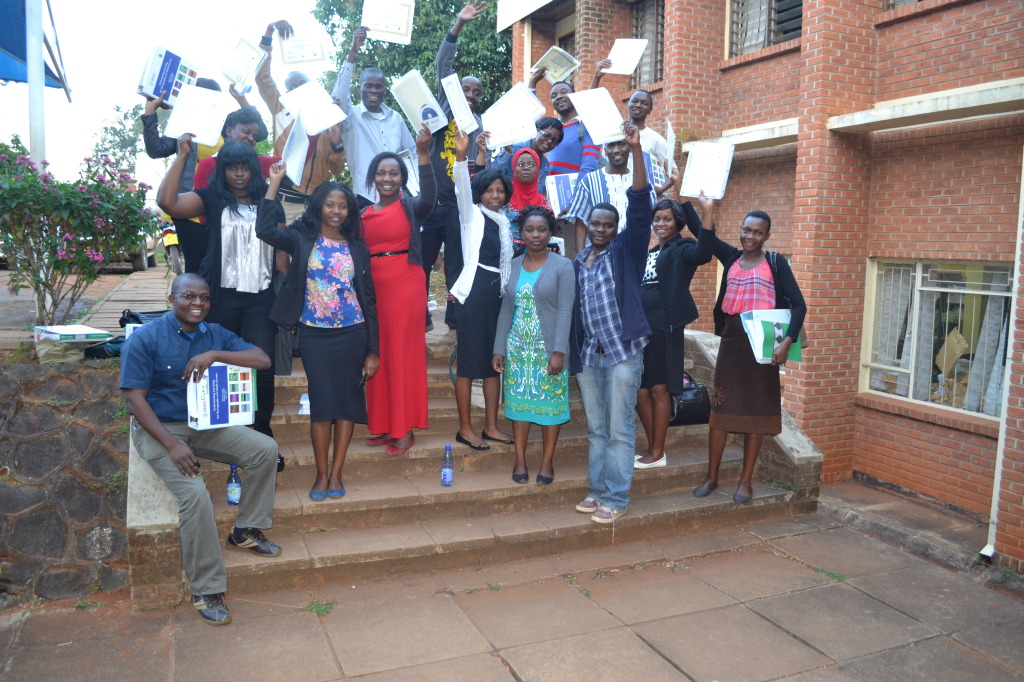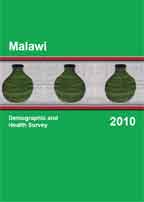Reflections on the DHS Curriculum workshop in Malawi
By James Kaphuka
In July, I facilitated my fourth DHS Curriculum workshop. It was also the second time I had trained graduate students from the University of Malawi, Chancellor College.
The DHS Curriculum Facilitator’s Guide is a comprehensive package of ready-made training materials about understanding and using Demographic and Health Survey reports. The curriculum is designed for use in African universities and with public health program staff. Over 25 hours of instruction are divided into eight stand-alone modules designed to be a course on its own or customized and integrated into existing curricula.
This particular workshop was a stand-alone course held in Zomba, Malawi, from 21- 25 July 2014. Participants were students at Chancellor College, University of Malawi, pursuing master’s degrees in Development Studies.
A majority of the participants did not know anything about Demographic and Health Surveys until this workshop—and most surprisingly, quite a few of them indicated that they had never seen the results of the 2010 Malawi DHS until they worked with it during the workshop. A majority of the participants struggled to understand Module 4, Conducting a DHS, especially Sessions 2 and 3, because of their background. Session 2 describes the sampling procedures used in the DHS, while Session 3 goes over the principles of Sampling Weights. However, the group showed great interest and everyone was very eager to learn more about DHS and enjoyed group work and exercises. The group really enjoyed the Malaria Trivia Game (Module 7)!
After the workshop, many participants expressed that this course should be a must for all graduate students at Malawian universities because the course material is very helpful in their school work. A number of them have indicated that they will use DHS results in their project work or dissertation. There is a great demand among the students, both undergraduate and graduate.
I am very passionate about my DHS survey work, and I look forward to continuing to collaborate with DHS Program staff so that together we can help train (and mentor) as many undergraduate and graduate students using DHS in Malawian universities.
For more photos of the training, check out the Facebook album.
James Kaphuka is a survey specialist with more than 5 years of professional experience providing technical assistance in all phases of survey implementation, from questionnaire and training manual design to report writing and data dissemination. Kaphuka has been directly involved (as a consultant) in the implementing and completing Demographic and Health surveys in Swaziland, Namibia, Zambia, Malawi, and Liberia. Kaphuka has a Master of Science degree in Demography and Health from the London School of Hygiene and Tropical Medicine, University of London and an MSc in Social Research Methods and Statistics from the University of Manchester.
You can learn more about his work with The DHS Program here:




